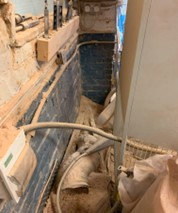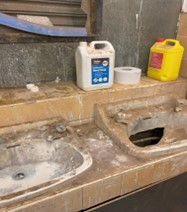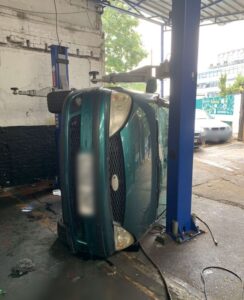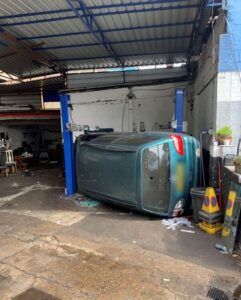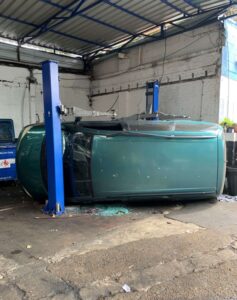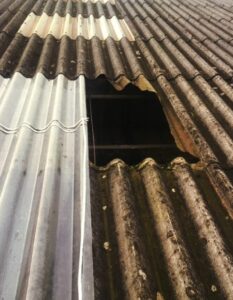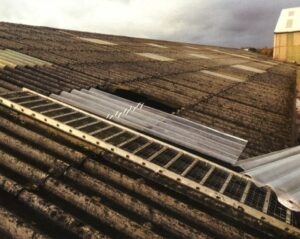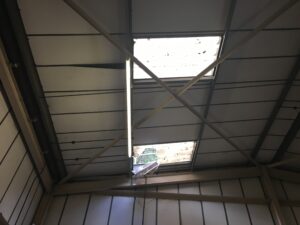Newport City Council fined £2million after death of much loved family man
Newport City Council has been fined £2million after “a hardworking man who loved his family very much” was killed while carrying out road repair works.
Stephen Bell was barrowing tarmac from the back of the local authority’s tipper lorry when he was struck by a farm vehicle passing the road works.
The 57-year-old’s wife Jenny said how the events of 18 July 2019 had changed their family’s life forever.

“I do not have the words to express the pain my family and I felt when we heard the news and losing him so suddenly has taken its toll on us all and has left us all heart broken,” she said.
“Stephen was a kind, caring and a hardworking man who loved his family very much. He had a smile that lit up a room, an amazing sense of humour and laughter that was contagious.
“In the years since he’s been gone my family and I have missed so much.
“I have been unable to share my grandchildren’s birthdays with him. Christmas days without him and family holidays with a very special person missing.
“Recently, our youngest daughter got married, and didn’t have her father to walk her down the aisle.”
Cardiff Crown Court heard how Mr Bell and his colleagues had been carrying out resurfacing repairs on the section of Langstone Court Road that runs beneath the M4 motorway. At the time of the incident a Newport City Council team leader and the four highway operatives were working on foot and authorised to be on the site.
An investigation by the Health and Safety Executive (HSE) found that the council did not take all reasonably practicable steps to organise a safe working environment by ensuring there was a suitable and sufficient safety zone between the road works area and the running lane (the live part of the carriageway), as well as securing the perimeter of the road works site against road workers entering the running lane.

Mrs Bell added: “Since losing Stephen, my daughters have been a pillar of strength to me and I wouldn’t have made it through these dark days without them.
“I would also like to take this opportunity to thank our family and friends for their continued support.
“Nothing will bring my husband back and no matter what justice takes place, it will never be enough to compensate my family and I for what we have all lost.
“I just want to make sure nothing like this ever happens again so that no other families experience what we have experienced.
“I would like to close by taking this opportunity to thank HSE for their thorough investigation and for their support over the last four and half years.”
Newport City Council, Civic Centre, Godfrey Road, Newport, pleaded guilty to breaching Section 2(1) and 3(1) of the Health and Safety at Work etc Act 1974 and has been fined £2million and ordered to pay costs of £9,780.
Speaking after the hearing, HSE inspector Philip Nicolle said: “The council’s failures have had a devastating impact on Stephen Bell’s family.
“This tragic incident could so easily have been avoided if the council had simply carried out correct control measures and safe working practices.
“We will not hesitate to take action against those that fall below the required standards.
“Our thoughts remain with Mrs Bell and those who knew and loved Stephen.”
This prosecution was led by HSE enforcement lawyer Matt Reynolds.
Notes to Editors:
- The Health and Safety Executive (HSE) is Britain’s national regulator for workplace health and safety. We prevent work-related death, injury and ill health through regulatory actions that range from influencing behaviours across whole industry sectors through to targeted interventions on individual businesses. These activities are supported by globally recognised scientific expertise.
- More information about the legislation referred to in this case is available.
- Further details on the latest HSE news releases is available.
